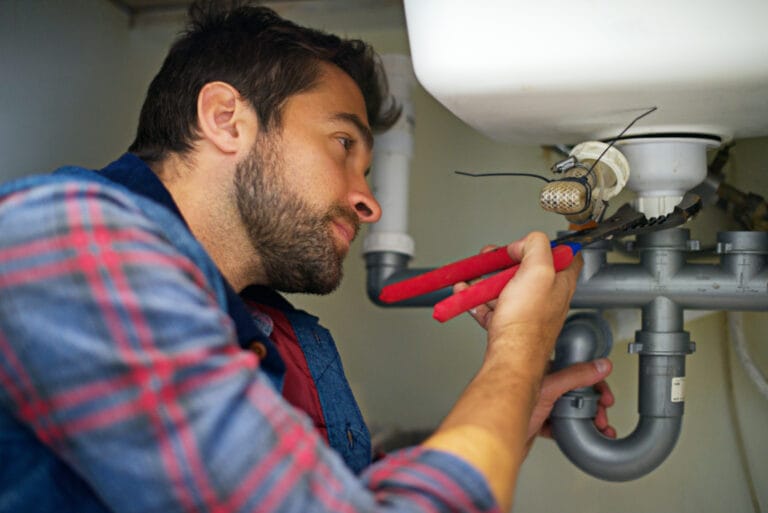Introduction
In the realm of construction and architecture, ensuring the durability and safety of structures is paramount. Structural integrity serves as the foundation upon which the security and longevity of any building rests. Thus, understanding and maintaining structural integrity is crucial for both property owners and builders alike. This article will delve into the importance of structural integrity, the common causes of structural damage, and how to safeguard against potential issues.
Importance of Structural Integrity
Structural integrity is essential as it directly impacts the safety and performance of a building. A well-constructed structure is designed to withstand various forces such as gravity, weather conditions, and occupancy loads. Ensuring that these elements are adequately accounted for significantly reduces the risk of catastrophic failures. Furthermore, a strong focus on structural integrity enhances property value, instills confidence in occupants, and fosters trust in the brand of builders and architects who champion safety and dependability.
Common Causes of Structural Damage
Significant factors contribute to structural damage, many of which can be mitigated with careful planning and execution. Natural disasters, such as earthquakes and floods, can put immense stress on a building’s framework. Inadequate design and planning sometimes lead to excessive load-bearing or inferior materials, compromising a structure’s integrity. Additionally, environmental factors such as soil erosion and shifting can affect the foundation of a building, leading to long-term damage. Regular inspections and preventative maintenance are essential in identifying and addressing structural issues before they escalate into costly repairs or, even worse, structural failure. By prioritizing these strategies, property owners ensure the safety and durability of their structures for years to come.
Visible Cracks and Movement
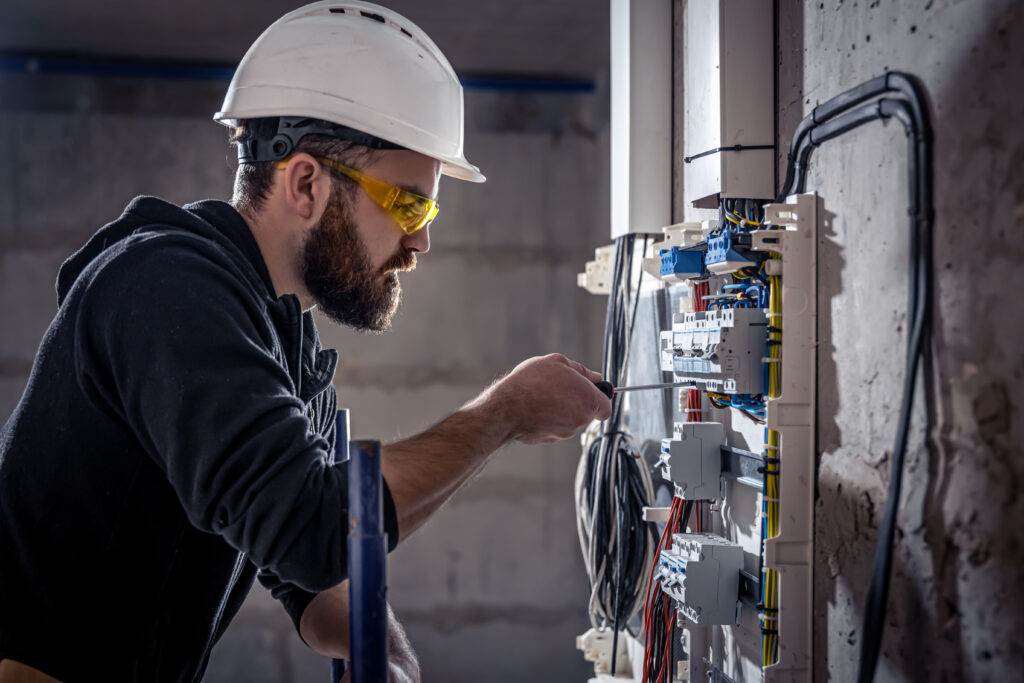
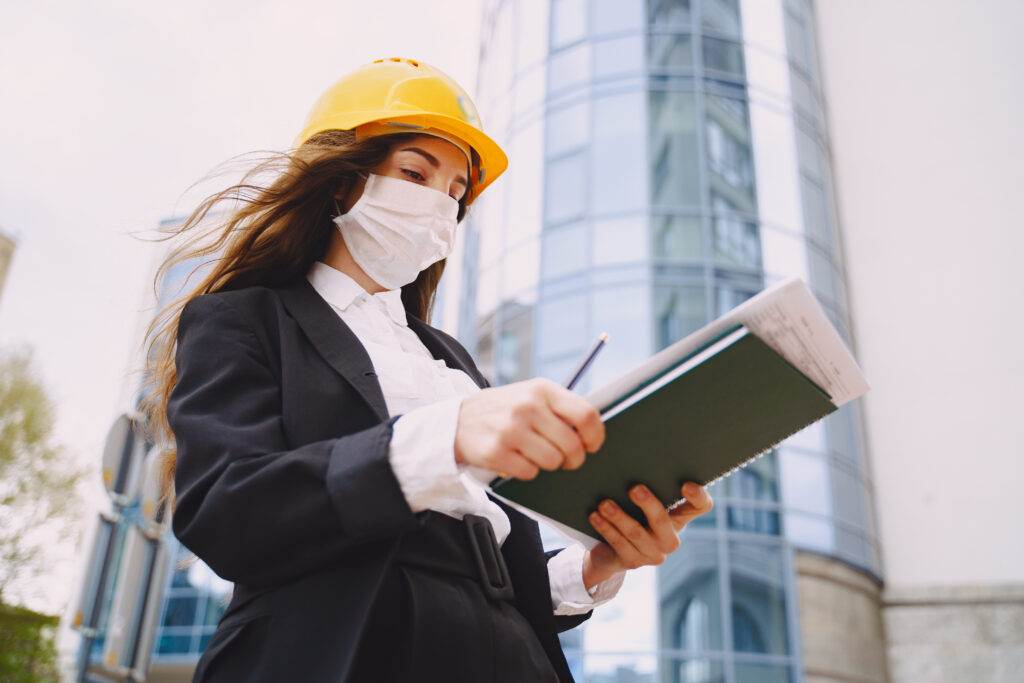

Types of Cracks to Look Out For
Visible cracks in walls, ceilings, or floors can be indicative of underlying structural issues. Property owners should be vigilant in identifying different types of cracks, as they can signify varying levels of seriousness. Hairline cracks are often minor but should not be ignored, as they may widen over time. Diagonal cracks, especially those that appear near windows and doors, may suggest movement in the foundation, while large horizontal or vertical cracks can indicate serious structural failure that requires immediate professional assessment. Recognizing these distinctions is crucial for timely intervention and safeguarding the integrity of the building.
Monitoring Signs of Movement
In addition to visible cracks, other signs of movement should also be monitored. Bumps or bulges in walls, doors that stick, or windows that do not open smoothly can all be warning signs of shifting foundations. Regularly monitoring the property for these changes ensures that any emerging issues can be addressed before they escalate into major problems. Implementing a routine inspection schedule is an effective strategy for property owners and builders alike. Should encompassing issues be identified during these inspections, immediate action should be taken, involving structural engineering specialists as necessary. Through proactive monitoring and maintenance, structural integrity can be preserved, ultimately protecting occupants and investments alike.
Uneven or Sagging Floors
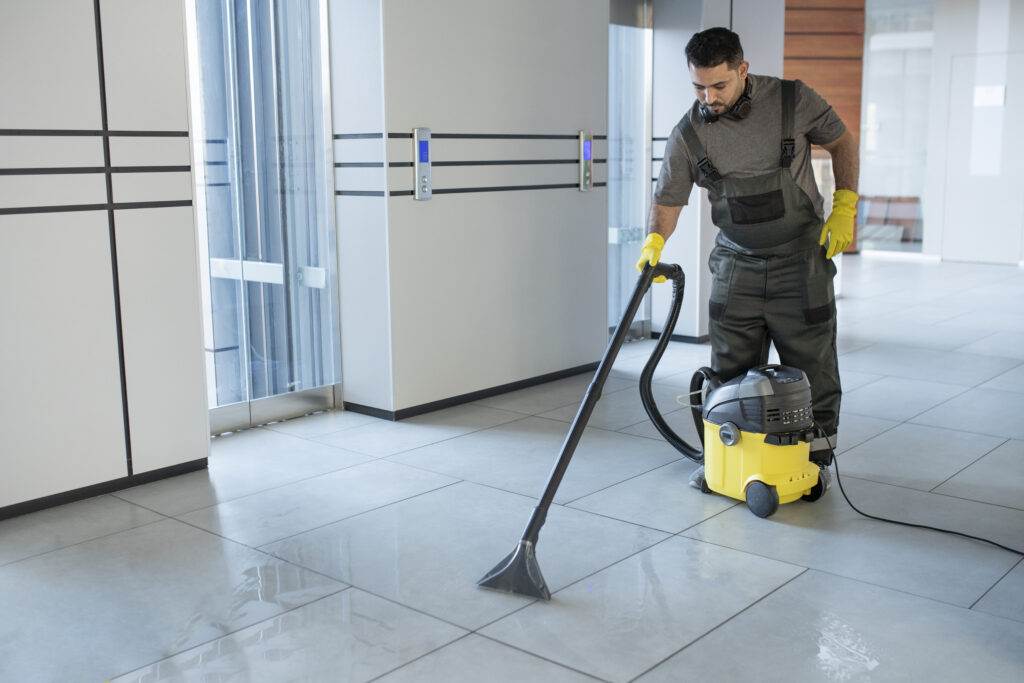
Issues Caused by Uneven Floors
Uneven floors serve as a significant warning signal regarding a building’s structural stability. They can result from several factors, including settling foundations, moisture damage, or subpar construction practices. Homeowners may notice signs such as sloping surfaces, creaking noises when walking, or even visible gaps between the floor and baseboards. These issues can lead to more severe consequences if left unchecked. In addition to compromising comfort and aesthetic appeal, uneven floors could result in increased wear and tear on flooring materials, impacting longevity. Moreover, they may create safety hazards, especially for young children or elderly residents. Addressing uneven floors promptly is essential to prevent further complications and to maintain both the property’s value and the wellbeing of its occupants.
DIY vs Professional Inspection
When it comes to assessing uneven or sagging floors, property owners often find themselves debating between DIY inspections and seeking professional assistance. While some individuals may feel capable of conducting their assessments using visual inspections or tools such as a level, the nuanced nature of structural issues often necessitates a trained eye. Professionals can conduct thorough inspections that not only identify existing problems but also determine underlying causes. They can also provide tailored solutions and restore the structural integrity of the home. Ultimately, engaging a qualified specialist is wise for those with concerns about uneven floors, ensuring that rectifying the issue does not become a time-consuming or more costly endeavor.
Water Damage
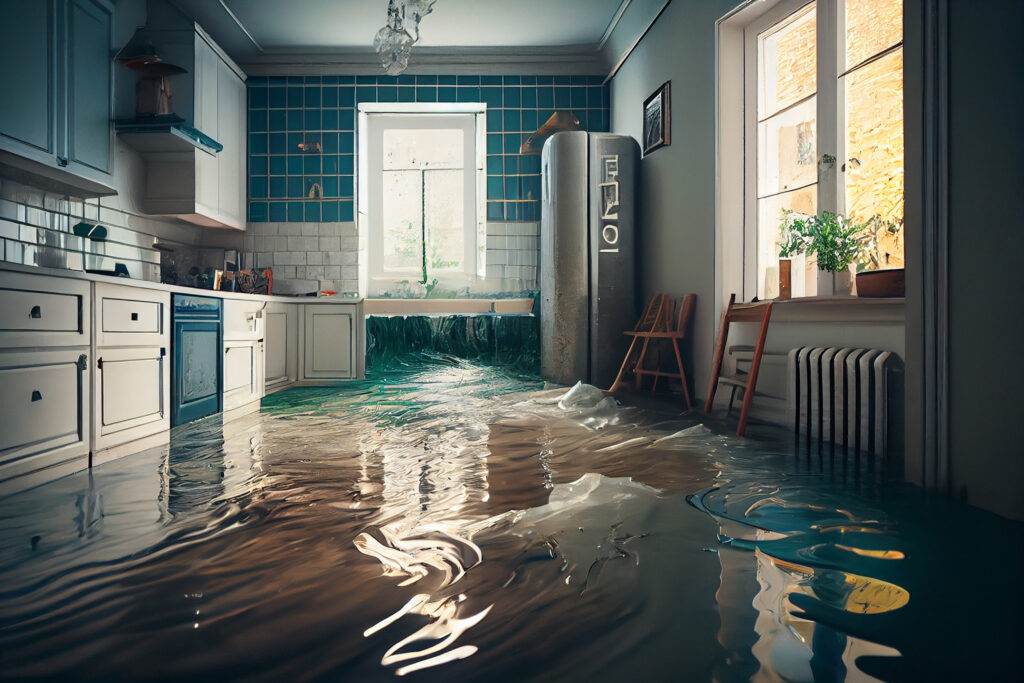
Identifying Water Intrusion
Water damage is a pervasive issue that can significantly impact the integrity of a building. Homeowners may encounter various signs of water intrusion, such as discolored walls, peeling paint, and persistent musty odors. Identifying the source of water intrusion is crucial; leaks can originate from faulty plumbing, damaged roofing, or even deteriorated windows. In many cases, moisture detection tools, like moisture meters or thermal imaging cameras, can aid in pinpointing hidden water sources. Timely identification not only protects structural integrity but also prevents the escalation of more severe problems, such as mold growth or material deterioration.
Risks of Ignoring Water Damage
The risks associated with ignoring water damage are substantial and can escalate quickly. Failure to address moisture issues can lead to severe structural damage, compromising a building’s safety and value. Additionally, prolonged exposure to water can catalyze mold growth, posing serious health risks to occupants. Mold exposure may cause respiratory problems, allergies, and other health-related issues, particularly in vulnerable populations, such as children or the elderly. Beyond health concerns, ignoring water damage can result in costly repairs and potential legal liabilities if tenants or buyers are affected. Therefore, it is imperative for property owners to monitor for signs of water damage actively and seek professional help when necessary. Addressing water intrusion issues not only preserves property value but also ensures the wellbeing of its occupants.
Mold and Mildew Growth
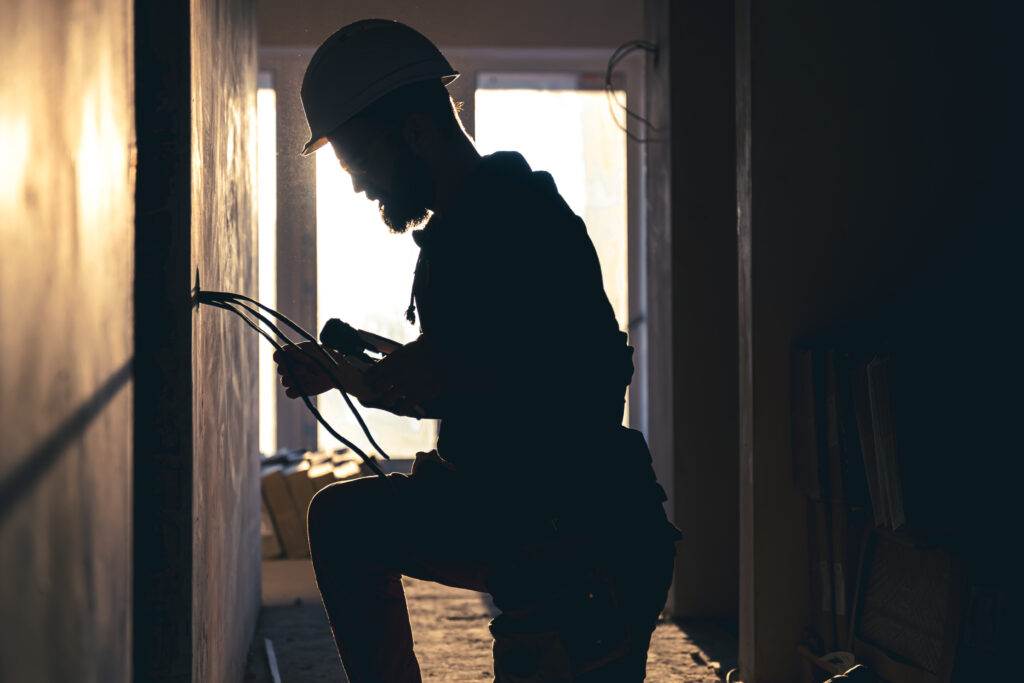
Health Impacts of Mold Exposure
Mold and mildew are common byproducts of water damage and can lead to significant health issues if not addressed promptly. Exposure to mold spores can trigger a range of respiratory problems, including asthma attacks, chronic cough, and sinus congestion. Individuals with pre-existing health conditions, such as autoimmune diseases, may be particularly vulnerable to mold-related illnesses. In addition to respiratory issues, some types of mold produce mycotoxins that can affect neurological functioning, causing headaches, fatigue, and cognitive difficulties. It is crucial for property owners to understand the health implications associated with mold exposure and take proactive measures to mitigate these risks.
Remediation Options
When mold growth is detected, timely remediation is vital to minimize health risks and prevent further damage. The first step in the remediation process is to identify and eliminate the source of moisture, ensuring the environment is no longer conducive to mold growth. Professional mold remediation specialists often utilize specialized equipment and techniques, such as HEPA air filtration and negative air pressure, to effectively remove mold spores from the air and surfaces. Additionally, areas affected by mold must be properly cleaned and sanitized, with some materials potentially needing replacement if contamination is extensive. Property owners should also consider waterproofing measures and consistent moisture management strategies to prevent future mold growth. By addressing mold issues swiftly and efficiently, property owners can protect both their investments and the health of their occupants.

